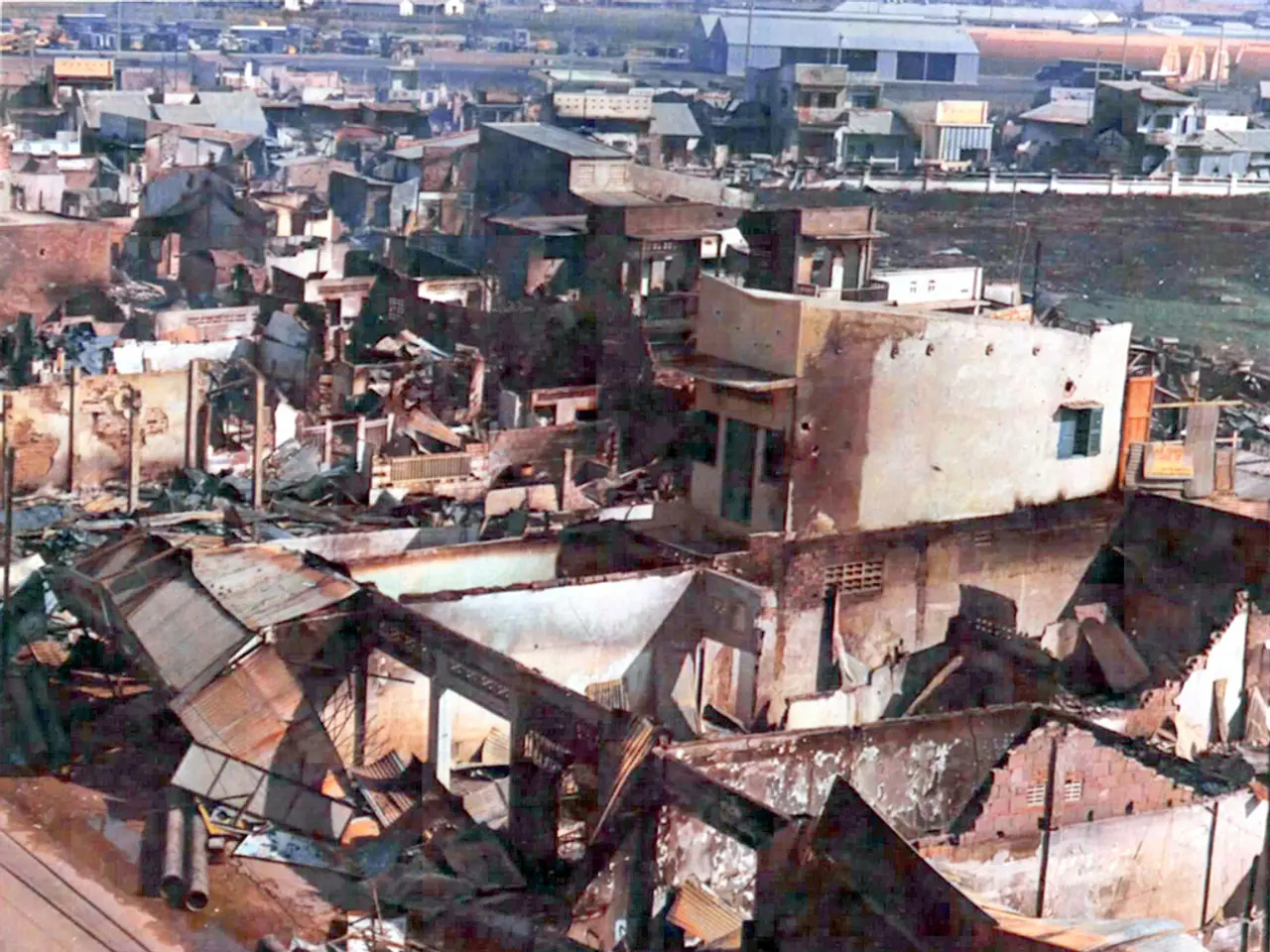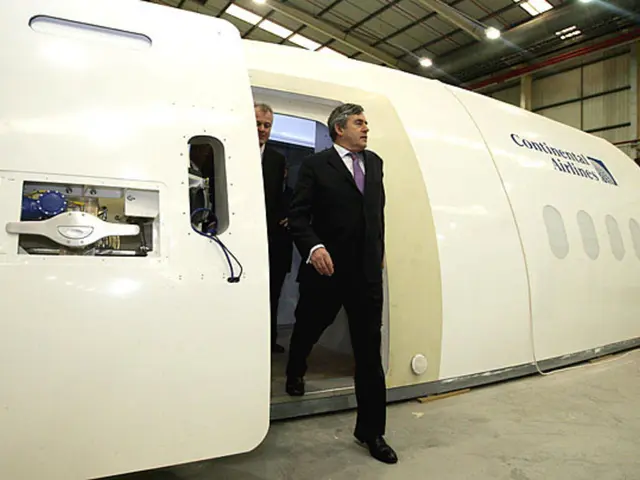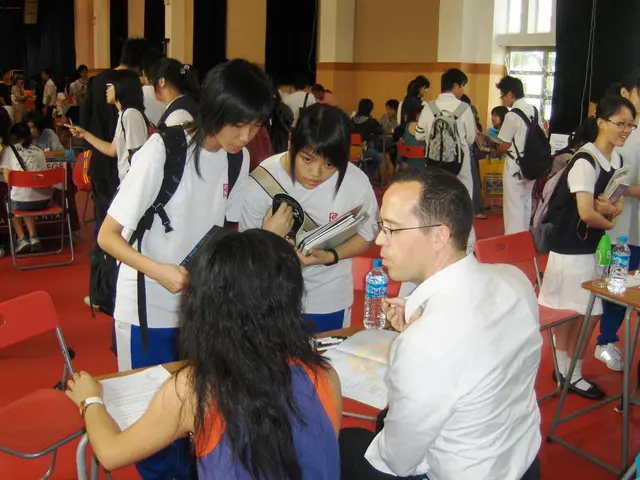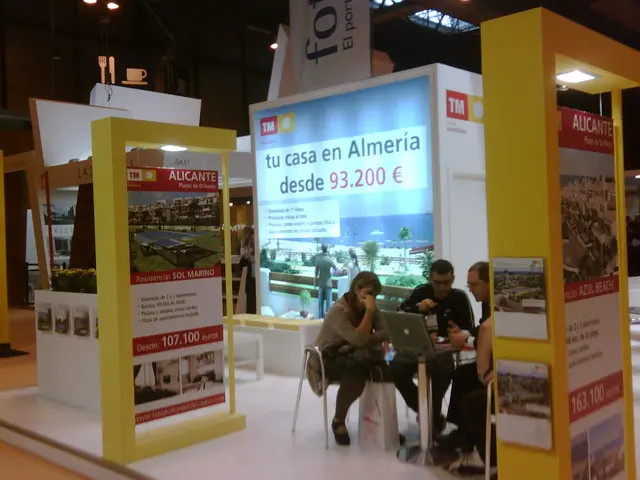Transitioning from cereal fields to industrial zones
The Maghreb region, comprising Morocco, Algeria, Tunisia, and Western Sahara, has a rich history and abundant natural resources. This article explores the economic developments and the tourism sector in these countries.
In the past, Libya did not face pressure to create jobs for its population until the nineties. The Misurata steel plant, under construction for ten years until 1991, processes Australian imports, not local ores. Contrastingly, Morocco processes 50 percent of its annual phosphate production into fertilizers and sulfuric acid, making it the world's largest exporter of phosphate fertilizers. Half of this production is processed into phosphoric acid and fertilizers in the country, mainly exported to Southeast Asian countries.
The Maghreb countries are heavily reliant on oil and gas exports, which generate 70-80 percent of government revenues. Libya's oil industry developed in the Sirte Basin and has reserves of just under four billion tons. Production peaked at 160 million tons per year but has since fallen to 69 million tons after the Libyan revolution in 1969. Tunisia's oil industry is less significant compared to Algeria and Libya.
Tourism has played a significant role in the region's economy. Egypt saw an increase of 42 percent from 1995 to 1999, to 3.815 billion US dollars, with an average yield per tourist of 850 US dollars. Tourism contributes five percent to the Gross Domestic Product (GDP) in Egypt. Similarly, in Tunisia, tourism is the second-largest foreign exchange earner after industry, contributing six percent to the GDP, and providing direct and indirect employment for 69,000 and 196,000 people respectively.
In Morocco, tourism became the country's largest foreign exchange earner in 1999, contributing eight percent to its GDP. However, current accommodation capacities are so saturated that without significant investment, no growth can be achieved in the peak season of 2001. Mauritania, too, is making efforts to develop its tourism sector, receiving 7,000 tourists in 1999.
Libya saw its first over 100,000 tourists in 2001, many of whom were business travelers. Algeria struggles with its image, shaped by years of violent internal conflict, but tourist groups have been visiting the Saharan south since mid-1998. Despite concerns from traditionalist circles, Tunisia and Morocco have opened some coastal regions to mass tourism. In 1998, Morocco and Tunisia each generated 1.5 billion US dollars in revenue from 2 million and 4.7 million foreign tourists, respectively.
The Algerian development model, aimed for a sectorally integrated, autarkic (market-independent) economy to meet the social and material needs of its rapidly growing population, did not meet expectations. While a significant industrial base has been established and self-sufficiency has been achieved in many goods, the downside is low capital efficiency, low plant utilization, unprofitable production, and new technological dependencies on foreign countries.
Each country in the Maghreb region developed its own industrialization policy, primarily based on the utilization of natural resources, after independence. Tunisia underwent a phase of state-led basic materials industrialization in the 1960s and has since developed into the most industrialized and diversified country in the Maghreb, with its consumer goods supplying neighboring regions in Libya and Algeria.
The Maghreb region has significant global phosphate deposits. North Africa accounts for a quarter of global phosphate production and over 30% of the phosphate traded on the world market. In Algeria, French geologists discovered the first oil field in the Edjeleh basin in 1956 and the most important field at Hassi Messaoud shortly after.
The economic development of each country depends on different factors including climate variability, resource availability, political stability, external trade relations, and socio-economic policies. The decline of the Gross Domestic Product (GDP) in the Maghreb countries is primarily due to factors such as frequent droughts and environmental degradation affecting agriculture, economic challenges including high public and private debt, crises in the private sector that lead to recessions, and structural issues linked to historical exploitation and regional conflicts.
Read also:
- Exploring Hemp Insulation: Is This Eco-Conscious Solution Worthwhile for Your Construction Project?
- Construction fleet and urban transport emissions could see a significant reduction with the implementation of biogas as a game-changing solution.
- Fiercely battling for survival, a student hails from Ludwigsburg
- When One Pursues the Ideal Romantic Partner While Currently Wedlocked





